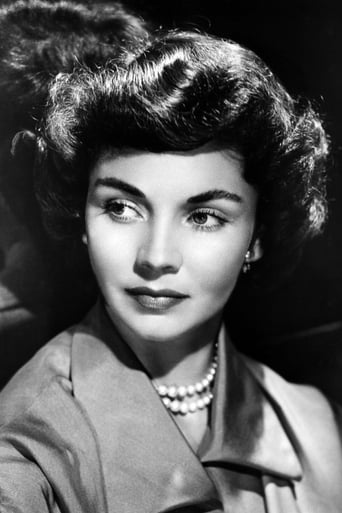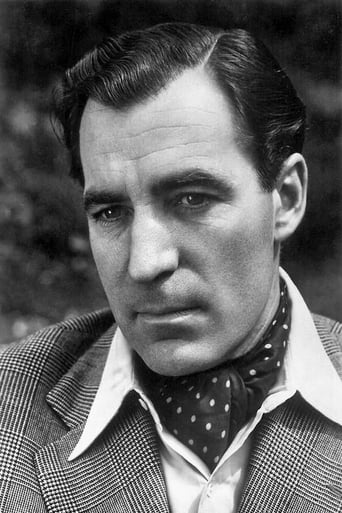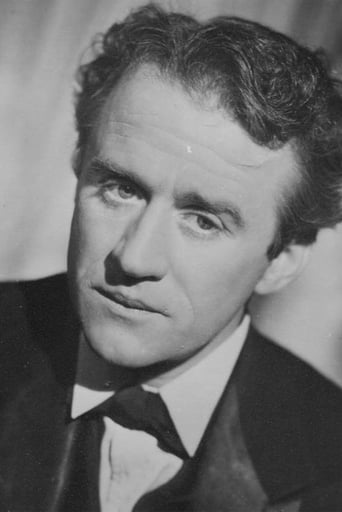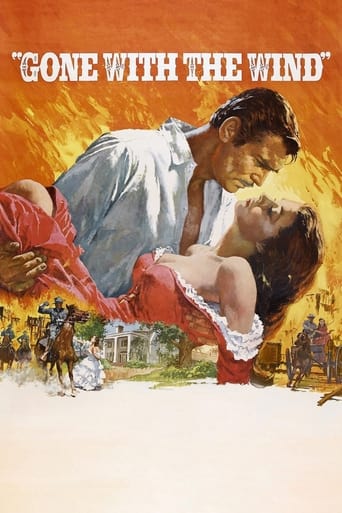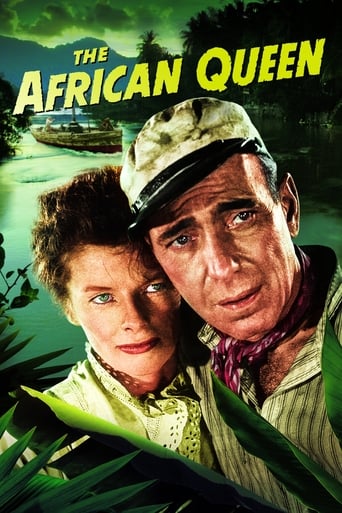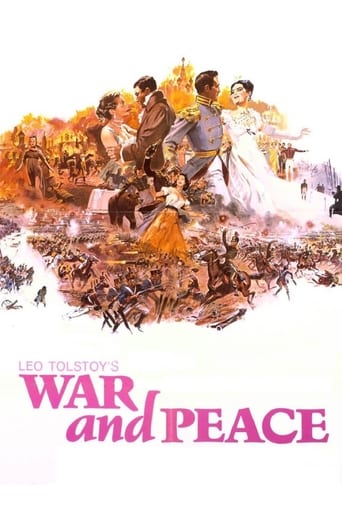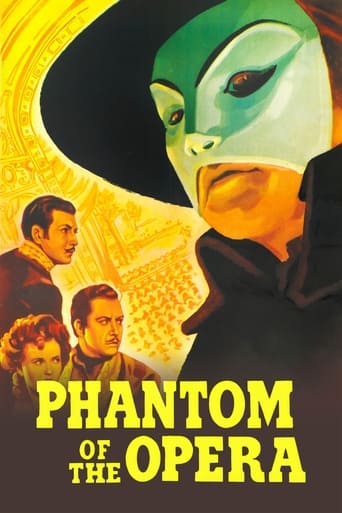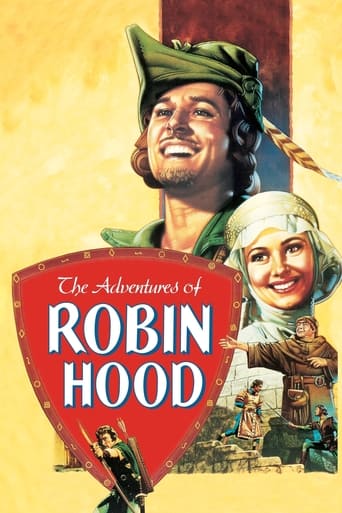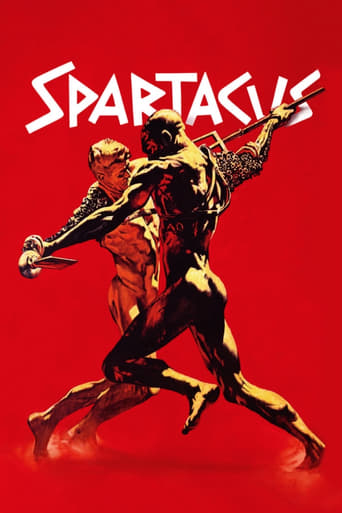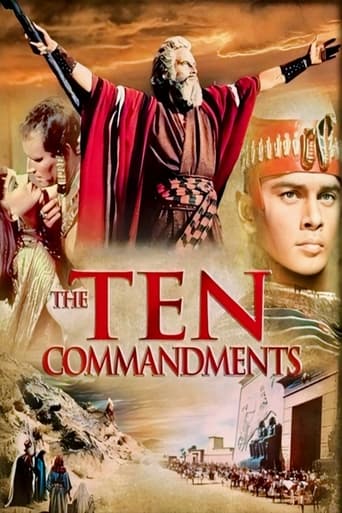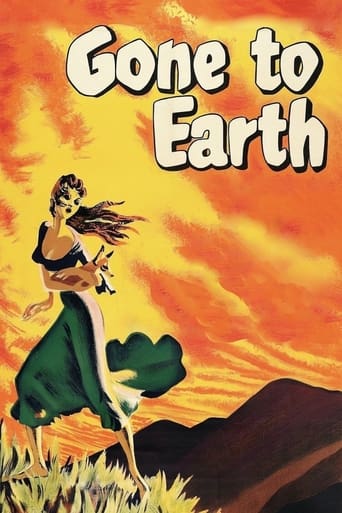

Gone to Earth (1952)
Jennifer Jones plays Hazel Woods, a beautiful young English Gypsey girl who loves animals and in particular her pet fox. She is hotly desired by Jack Reddin a fox hunting squire who vies for her affection and pursues her even after her marriage to the local pastor.
Watch Trailer
Cast
Similar titles
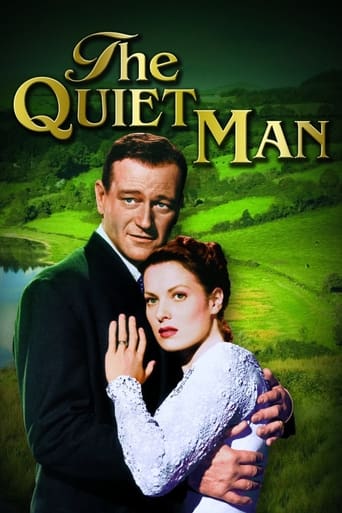
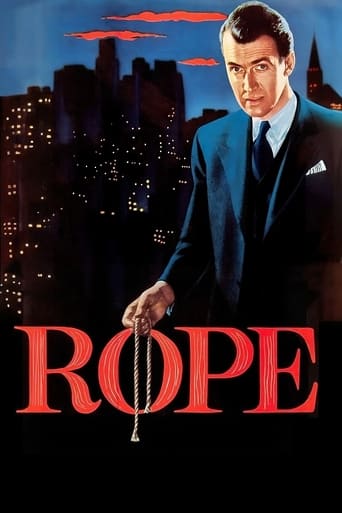
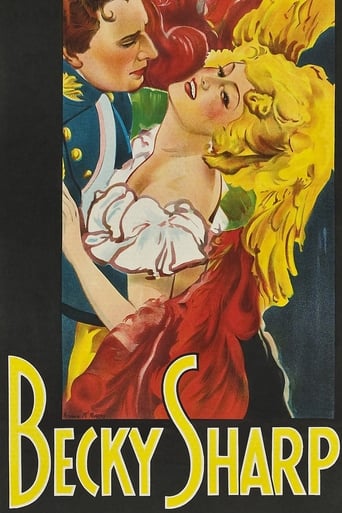
Reviews
Powerful
Highly Overrated But Still Good
Good story, Not enough for a whole film
I wanted to like it more than I actually did... But much of the humor totally escaped me and I walked out only mildly impressed.
Jennifer Jones is great as a carefree mountain Gypsy girl, ripe for matrimony with any man who can tear her away from her love of wild animals, and especially, her 'Foxy'. In its most basic form, this film much reminds us of the prior"Duel in the Sun", in which Jennifer plays a half breed. In both cases, she is a marginal member of conventional European society. Also, in both films, she has a choice between a conventional gentlemanly suitor, and an impatient bully, who nonetheless turns her on physically, and pursues her relentlessly. In the present film, the gentlemanly suitor is Pastor Edward Marston(Cyril Cusack), and the bully is squire Jack Riddin(David Farrer). She is not overly enthusiastic about marrying either, as her mother warned that, for the woman, marriage promises endless toll and suffering. Actually, Jack should have been favored as her husband by the promise to her father that she would marry the first man to pass by their cottage. This was, in fact, Jack, who came looking for her, but didn't know exactly where she lived. She hid when he knocked on the door, so he passed on. Later, the pastor, also smitten by her beauty and personality he experienced at a church social, comes calling, and after they get to know each other a bit, proposes marriage, he being judged the first to stop by their cottage, even though Jack actually was first. But she had had some unpleasant experiences with Jack, hence he was discounted. Soon, she would come to regret this decision, as Jack refused to give up the chase even after she was married. She came to seek his unrelenting passion over the unexciting Pastor Marston, and stayed a while in Jack's mansion. The parson showed up at Jack's mansion and quarreled with the two. It was decided that she would go home with Marston. But, now, Marston's mother who had lived with him for many years, voiced her determination to leave his house, if Hazel were to stay. Also, some churchmen came calling to advise Marston that he should give up Hazel, as her affair with Jack was now commonly known. Marston replied that he was giving up the clergy. Jack would express his frustration in being rejected by organizing a fox and hound event, in which he hoped that Hazel's Foxy would be caught. But, Hazel ran out of the house looking for Foxy, whom she found, and carried toward safety. But, she didn't quite make it. In her haste, falling down a deep well or mine shift that should have been covered. Jack had unwittingly destroyed not only Hazel's Foxy, but she herself. Edmond Knight was memorable as Hazel's father, who made some money playing his harp and repairing such, as well as making coffins, and other wooden objects. Several times, Jennifer sang a mellow song, with or without his accompaniment.....The meaning of the title is that the fox or whatever prey has gone into its burrow, where the hounds are too big to get in. It could also be applied to Hazel's unfortunate demise. We could, perhaps, project the theme to encompass all of the natural world as the victim of human overpopulation, overexploitation of natural resources, and moving into cities, away from their traditional ties with the natural world, which marginal peoples such as Gypsies still sometimes cared for.See it at YouTube
I remember this movie very well, and I always liked both movies, but since I saw it as a child...I got confused between the Gone to Earth original and the Wild Heart version.....I did like the version where the dogs jump on her dress that causes her to fall to her doom while holding her pet fox....and I truly didn't understand the meaning Gone to Earth at the end, but now...i realize that is what is yelled when they can't find the little fox for hunting it down....it had disappeared off the face of the earth....that sort of thing.... but, I always enjoyed this movie...Jennifer Jones is always a delight to watch....and this film always made an impression.
Among the strangest, and loveliest, of the Archers films. As with so many of their films, its real subject is the profound, almost mystical, connection of people to their physical environment, most notably the British countryside. The much under-rated Jennifer Jones gives an utterly fearless performance, throwing herself into a role that sounds unplayable on paper. The Christopher Challis three-strip Technicolor photography is bold and gorgeous, underlining the central importance of the landscape. Strange in the best possible sense, in that it takes us somewhere we've never really been. Even the Bronte sisters couldn't capture rustic England as well. But they never had the benefit of Technicolor.
I saw this glorious film when it first appeared. The following week I tracked it down to a small London cinema where they screened single films continuously several times a day without supporting features. I hadn't intended seeing it more than once on this occasion but I can recall being so mesmerised that I watched the programme through three times. Clearly I was out of step with the climate of critical opinion. The reviewers had slated it and the audience around me was distinctly hostile. There was a lot of fidgeting and derisory shouts. Quite a few walked out. Behaviour was often bad in British cinemas in the 'fifties particularly if viewers got bored. The manager called the police in during a screening I attended a few years later of "The Trouble WIth Harry" and I can even remember screaming at the usherettes to stop talking when I first saw "A Face in the Crowd". I had to wait many years before I heard good things being said about "Gone to Earth". It was in 1988 when someone introduced a showing of it on British television most enthusiastically. Whatever one thinks about the relative merits of Powell and Pressburger's films (I am clearly in a minority in thinking this their finest) there is no doubt that they are now appreciated in a way they never were when they first appeared. But if passion for what is still considered one of their minor works may seem rather over the top, let me say but one thing; where else in the whole of cinema is there a more haunting and magical evocation of English landscape! Christopher Challis, a brilliant cinematographer, is the real star of the film. Undoubtedly (and this is perhaps at the core of its original problems) style matters more than content. The plot is little more than Victorian melodrama - lecherous squire deflowers simple country girl who has married local vicar - and the dialogue is curiously stilted. However this hardly matters in a work cinematically choreographed with such brilliance. The final foxhunting sequence, where the film's many strands are brought together, is visually and aurally one of the most spellbinding in all cinema. The huntsman's cry of "Gone to earth!" at the very end has haunted me for well over half a lifetime.
